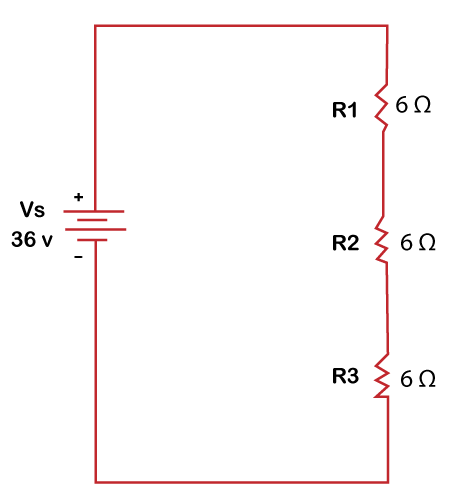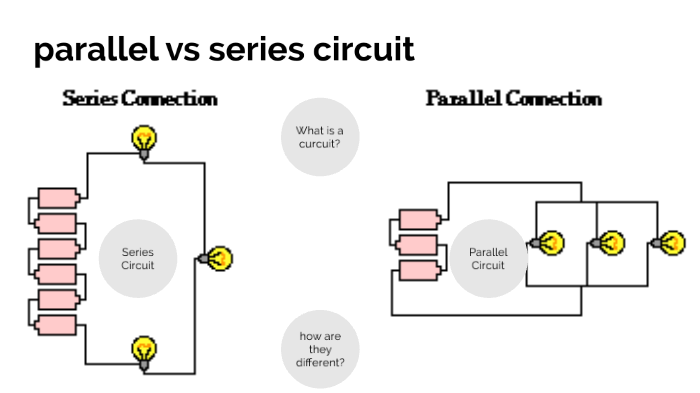

What series and parallel circuit configurations look like.We’ll then explore what happens in series and parallel circuits when you combine different types of components, such as capacitors and inductors. In this tutorial, we’ll first discuss the difference between series circuits and parallel circuits, using circuits containing the most basic of components - resistors and batteries - to show the difference between the two configurations. Where's the current going? What's the voltage doing? Can this be simplified for easier understanding? Fear not, intrepid reader.

But, things can get sticky when other components come to the party. In a parallel circuit, you can connect switches parallel for component in different branches, to turn them off or on.Ĭlick here to go back to the previous topic.Simple circuits (ones with only a few components) are usually fairly straightforward for beginners to understand. In a series circuit, one switch controls every component.
Each component can be independently controlled by a switch. But in a parallel circuit, there are multiple paths for the current to flow. In a series circuit, if one component breaks down, the entire circuit will be affected. each component is independent of other. the voltage across each bulb will be the same, so every bulb will be equally bright. Why are some circuits connected in parallel, when a series circuit is much more easier and requires lesser amount of wire? Let’s look at the advantages of a parallel circuit, in the instance of lighting bulbs: State the advantages of connecting lamps in parallel in a lighting circuit. The total resistance of the resistors in a parallel circuit can be calculated by using any of these equation (R 1 is resistor 1, R 2 is resistor 2 and so on): Calculate the effective resistance of two resistors in parallel. The combined resistance of the resistors in a parallel circuit is less than that of the individual resistors. State that the combined resistance of two resistors in parallel is less than that of either resistor by itself. And finally at point 3, the current will join back at 0.2 A. It then splits into two branches, and so at points 2 and 4, the current will halve, i.e, 0.1 A each. Confused? Let’s take a look at this example from the BBC website:Ĭonventional current flows from the positive end (long line) to the negative end (short line). The current from the source, of a parallel circuit, is the sum of the separate branches in the circuit. The current breaks up and take the easiest path first, with some flowing along each parallel branch and re-combining when the branches meet again. Recall and use the fact that the current from the source is the sum of the currents in the separate branches of a parallel circuit. In a parallel circuit, since the current flowing from the source/battery is larger than the current in each branch (i.e. State that, for a parallel circuit, the current from the source is larger than the current in each branch. The total resistance in a series circuit is the sum of the resistance of all the resistors in the circuit. Calculate the combined resistance of two or more resistors in series. 
of in a series circuit will be the sum of the p.d. Recall and use the fact that the sum of the p.d.s across the components in a series circuit is equal to the total p.d.Which is why you can connect an ammeter anywhere in the circuit and you’ll get the same value in amperes. Current in a circuit is same anywhere in a series circuit. Demonstrate understanding that the current at every point in a series circuit is the same.We apologise for the inconvenience, but hope that the new images will provide you with an even better learning experience.Ĭomponents connected in series are connected along a single path, while those connected in parallel are connected along different paths. Disclaimer: Due to unforeseen difficulties, we have had to take down the images on this notes page.







 0 kommentar(er)
0 kommentar(er)
